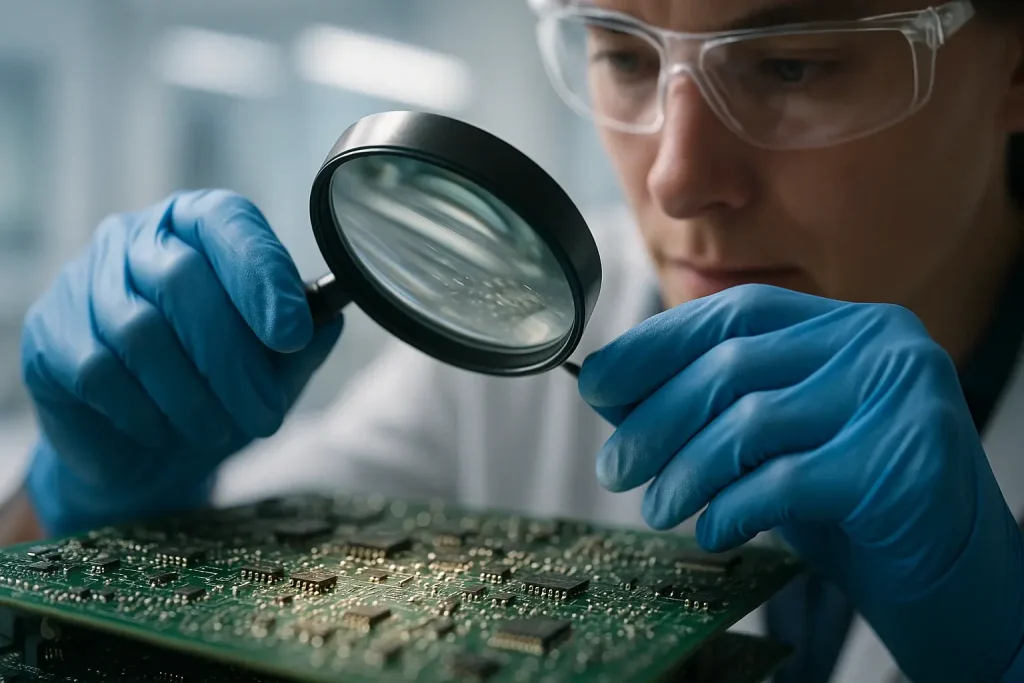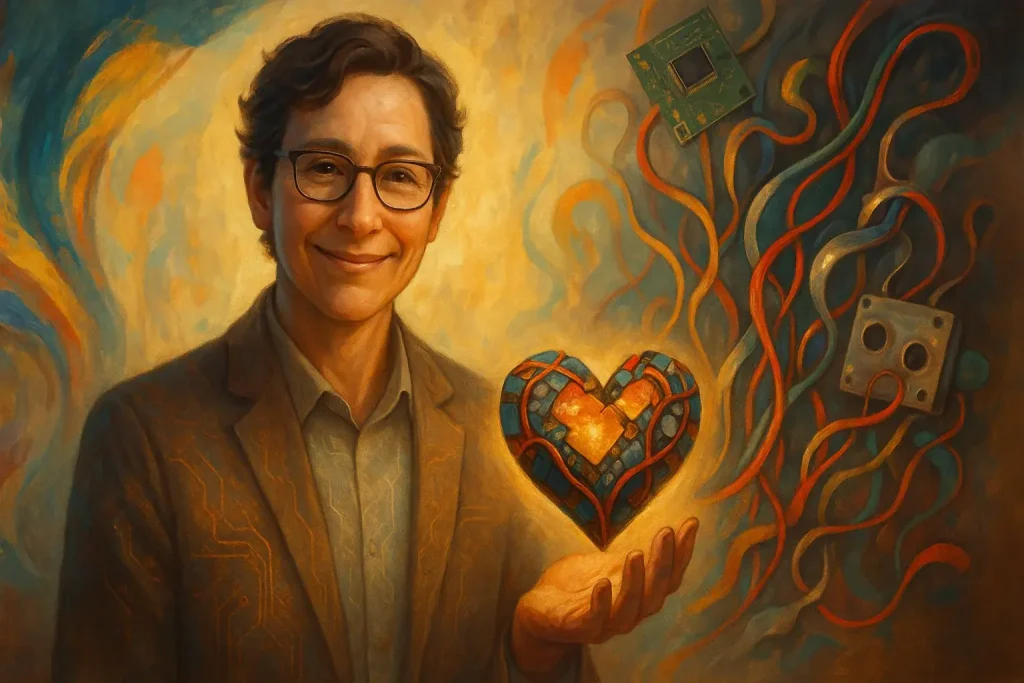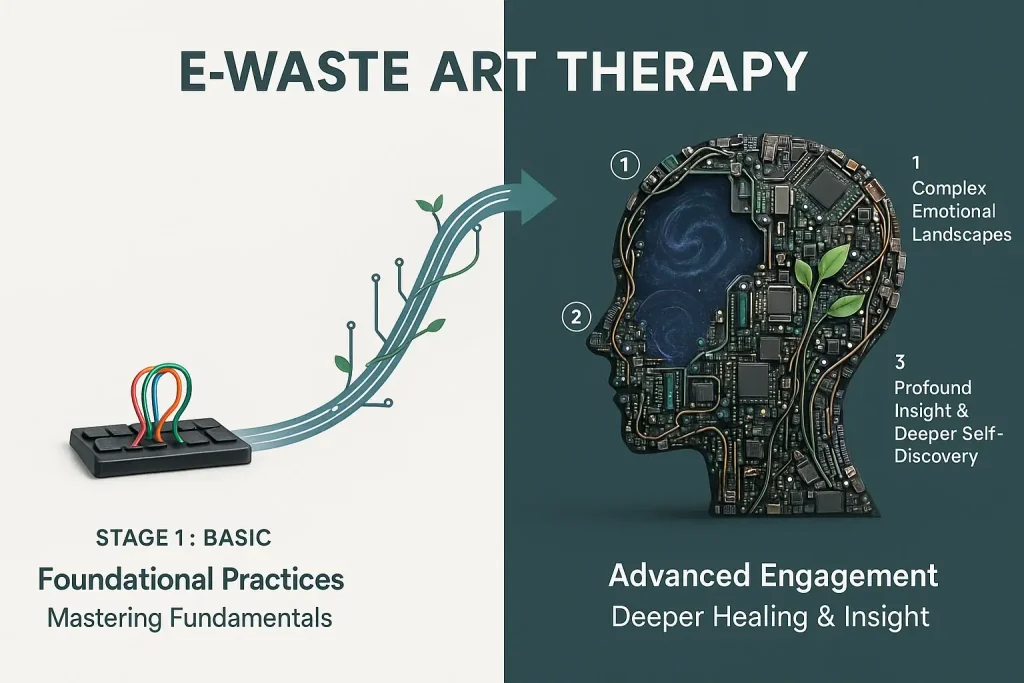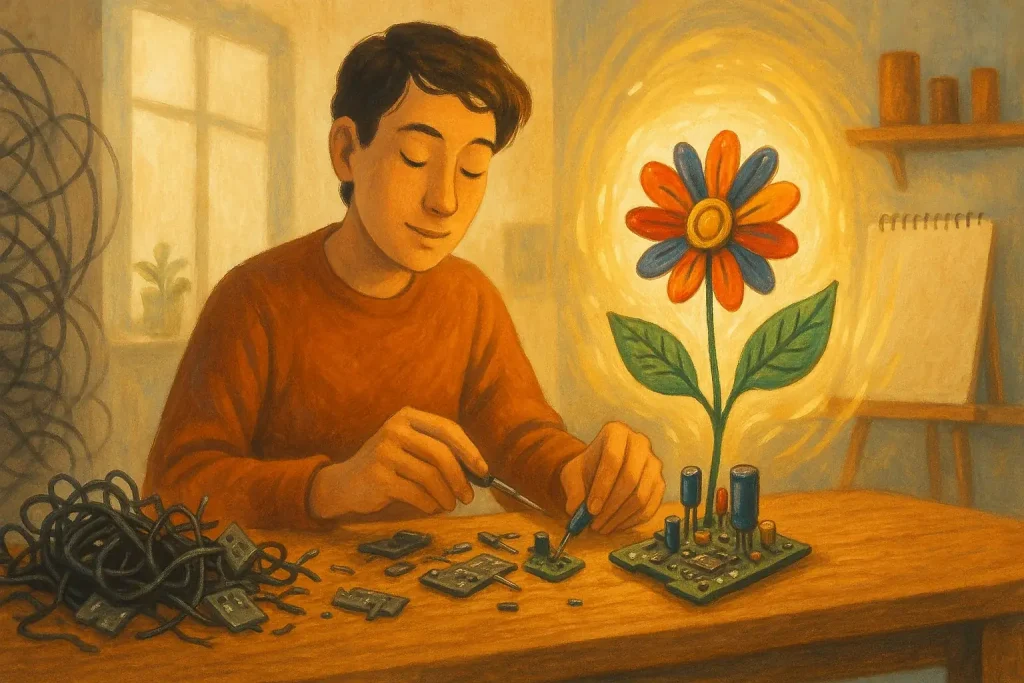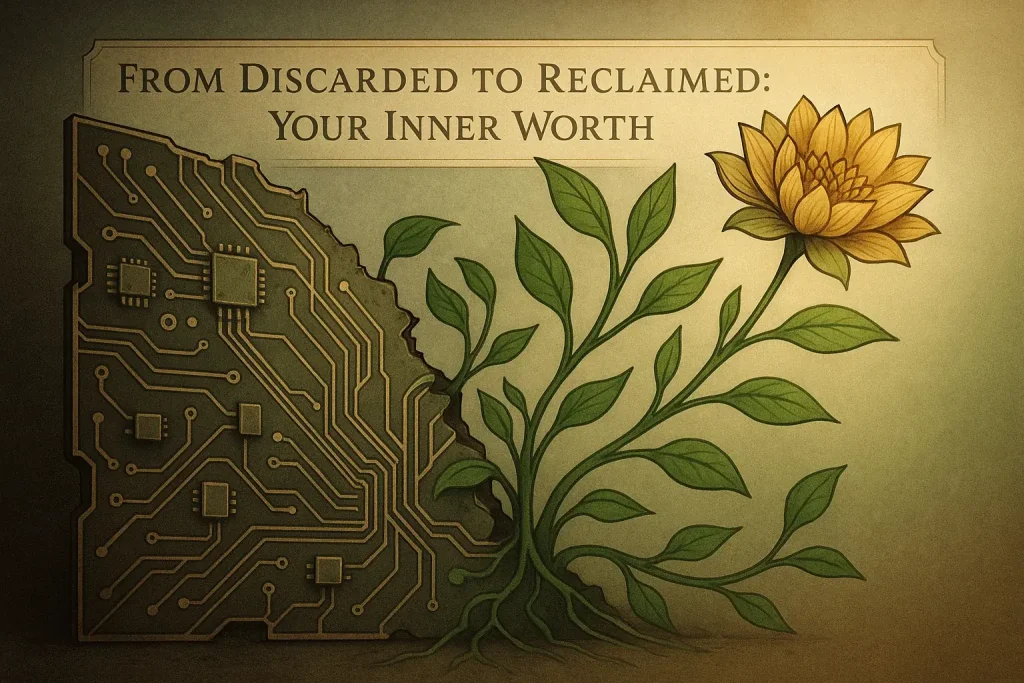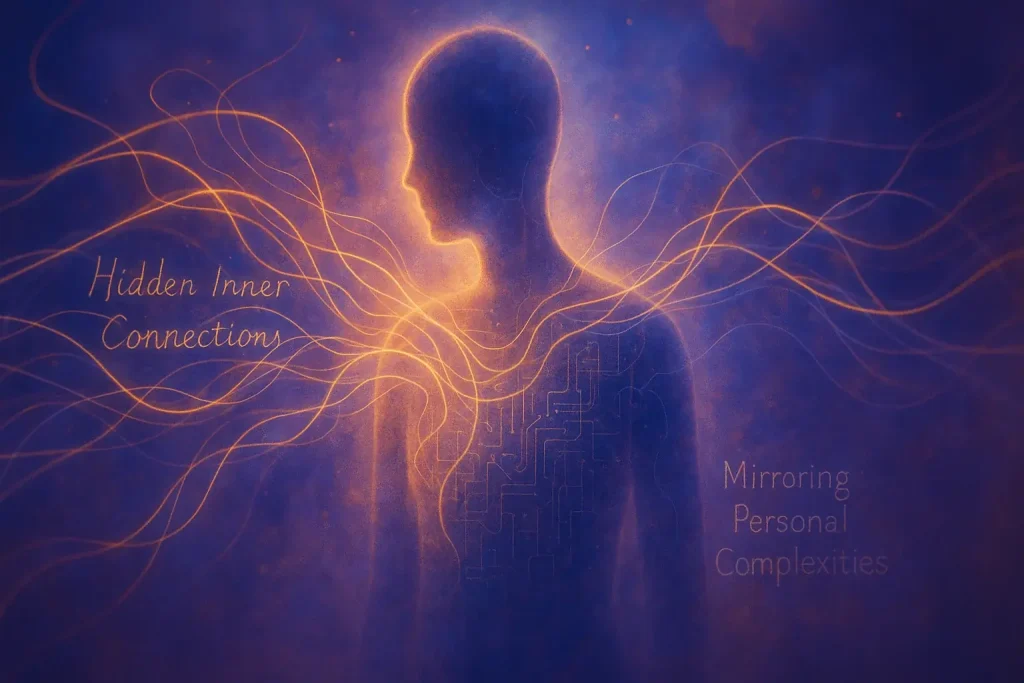E-Waste Art Therapy: A New Frontier for Professional Practice
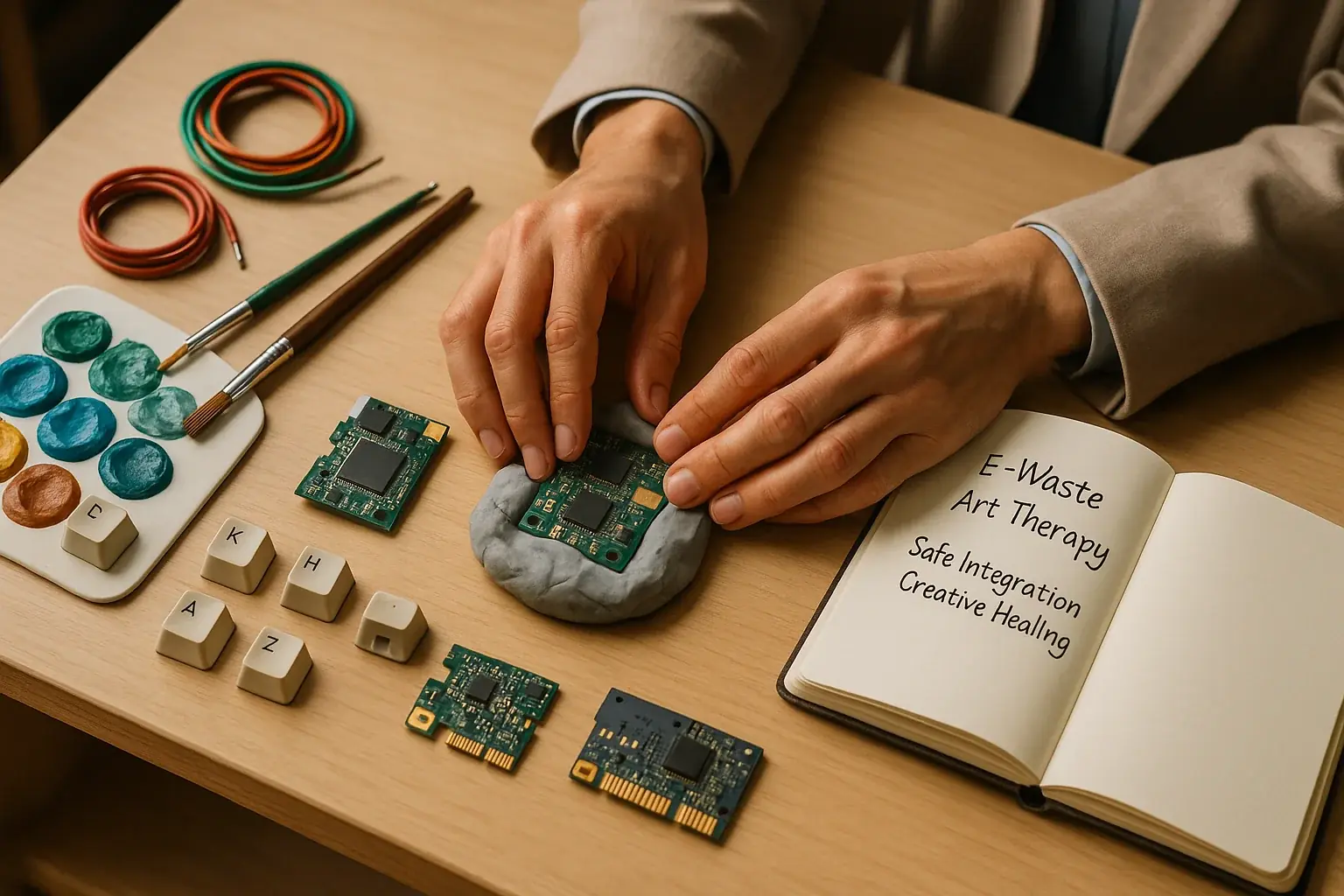
Your professional practice faces evolving client needs. The therapeutic landscape demands fresh, relevant approaches. E-waste art therapy presents a compelling answer. This modality uniquely fuses technology's remnants with creative healing processes. It offers profound avenues for client engagement.
This guide synthesizes extensive research into practical wisdom. We provide art therapists, counselors, and educators clear, actionable methods. You learn to integrate e-waste art therapy safely. Ethically. Effectively. This is not mere crafting. It is a deeply considered therapeutic practice, grounded in our analysis of emerging best practices and client outcomes.
Professionals will discover powerful tools within these pages. You gain techniques for addressing contemporary anxieties and fostering resilience. Our commitment at EwasteTherapy.pro centers on rigorous, evidence-informed guidance. We empower your practice with this innovative, transformative modality. Your clients benefit directly.
Assessing Client Readiness: Is E-Waste Art Therapy Right for Everyone?
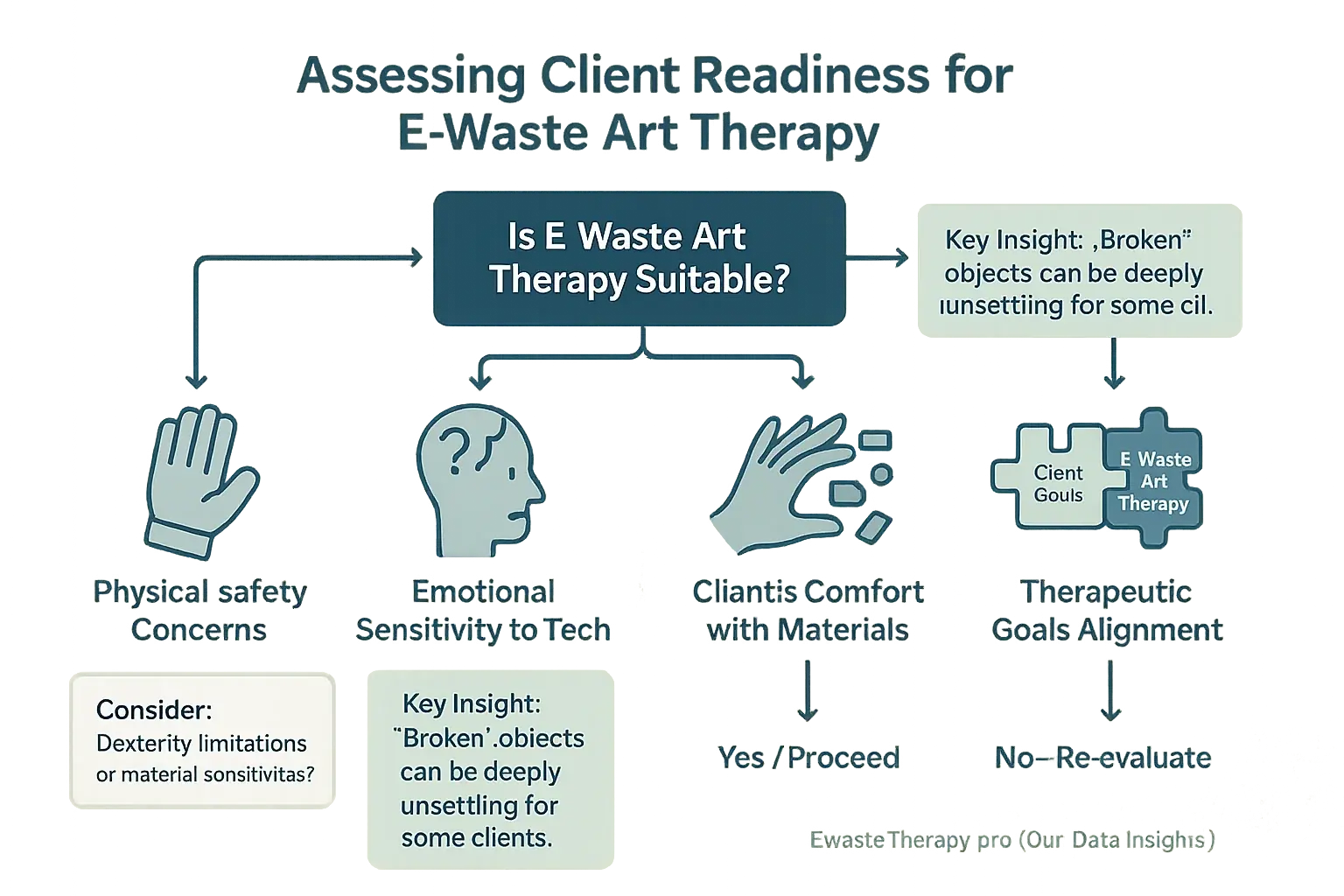
Your ethical commitment guides client selection for e-waste art therapy. This modality offers profound healing pathways. Our EwasteTherapy.pro research confirms it is not universally suited. A thoughtful, client-centered assessment thus becomes paramount. This careful process, rooted in best practices, helps ensure an appropriate therapeutic fit for the person before you.
Key considerations emerge from countless therapeutic interactions. Physical safety is foundational. Does your client have material sensitivities or allergies to consider? Dexterity limitations can influence engagement with intricate e-waste components. Visual challenges may also require thoughtful adaptations. Emotional readiness is equally critical. Our community's experience highlights that past technology-related trauma can surface. Some individuals find 'broken' objects deeply unsettling; this is a frequent observation. Their current capacity for symbolic exploration deeply shapes the potential benefits. A client overwhelmed by feelings of 'failure,' for example, might find discarded parts triggering without sensitive therapeutic navigation.
Remember, this assessment is an evolving dialogue. It is not a static, one-time checklist. We encourage you to trust your trained clinical judgment. Client well-being, as emphasized throughout EwasteTherapy.pro resources, must always be the ultimate guide. This therapeutic journey demands ongoing, responsive attunement to each person's unique needs and emerging experiences. What feels right today might shift tomorrow.
Beyond the Basics: Tailored Safety Protocols for E-Waste Art in Therapy Rooms
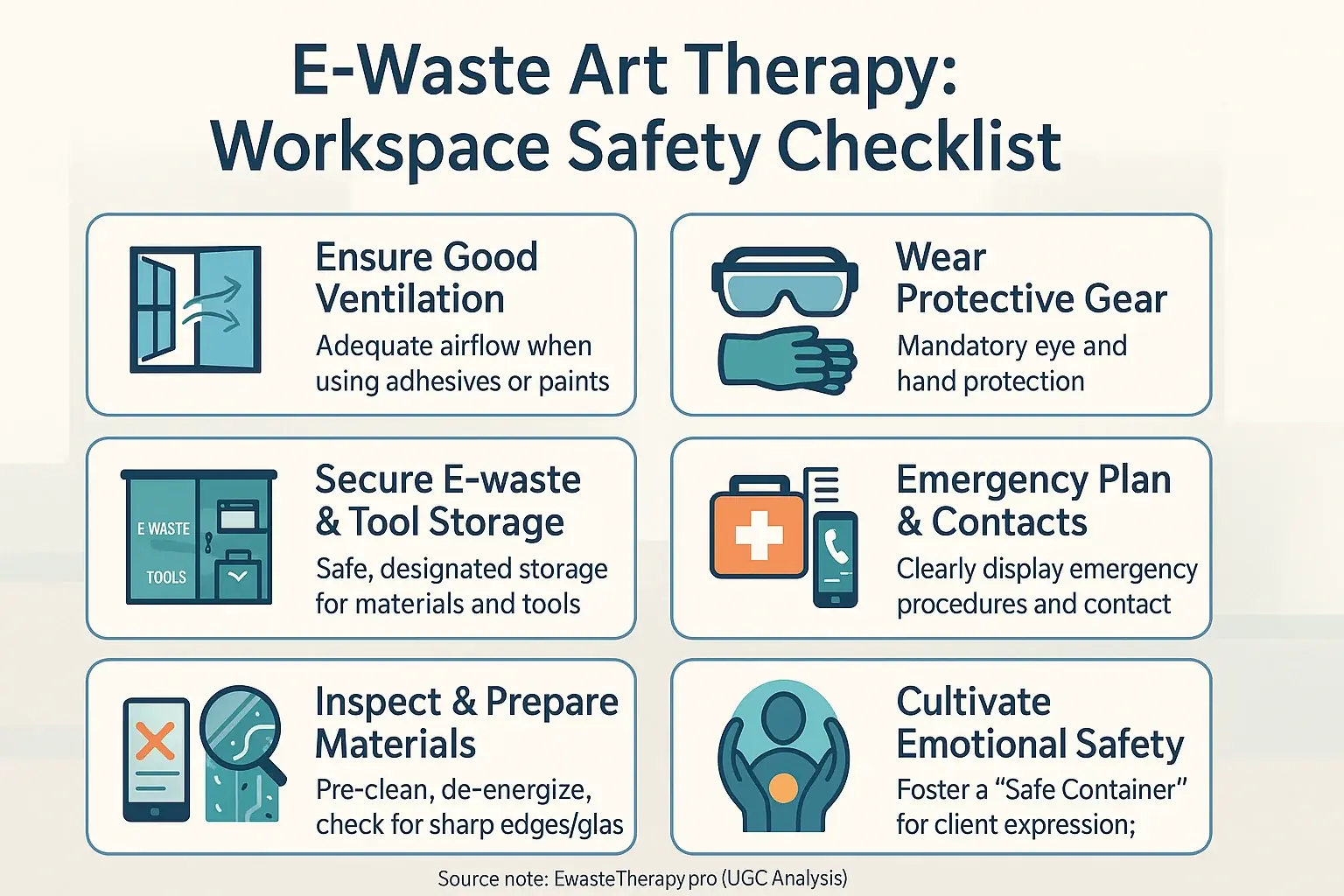
Clinical safety is paramount in e-waste art therapy. General rules require specific adaptation for these materials. Our extensive user data highlights this necessity. Practitioners must implement these tailored approaches.
Physical safety demands meticulous material preparation. Pre-clean all e-waste. Ensure items are de-energized; remove batteries. Check for sharp edges or glass. Good ventilation is vital when using adhesives or paints. Clients must use protective gloves and eye protection. Safe tool handling and secure storage prevent accidents.
Emotional safety requires a thoughtfully created space. Therapists cultivate this 'safe container' for client expression. Technology themes or 'brokenness' symbolism can be potent triggers. Many therapists overlook a client's first touch of a 'dead' circuit board. Be ready for that powerful moment. Clear boundaries protect the therapeutic process.
Continuous vigilance upholds safety standards. Regularly review your e-waste protocols. Update them with new insights. Professional training in this specific modality is indispensable. EwasteTherapy.pro research confirms this for ethical, effective practice.
The Art of Tailoring: Adapting E-Waste Art Prompts for Diverse Client Needs
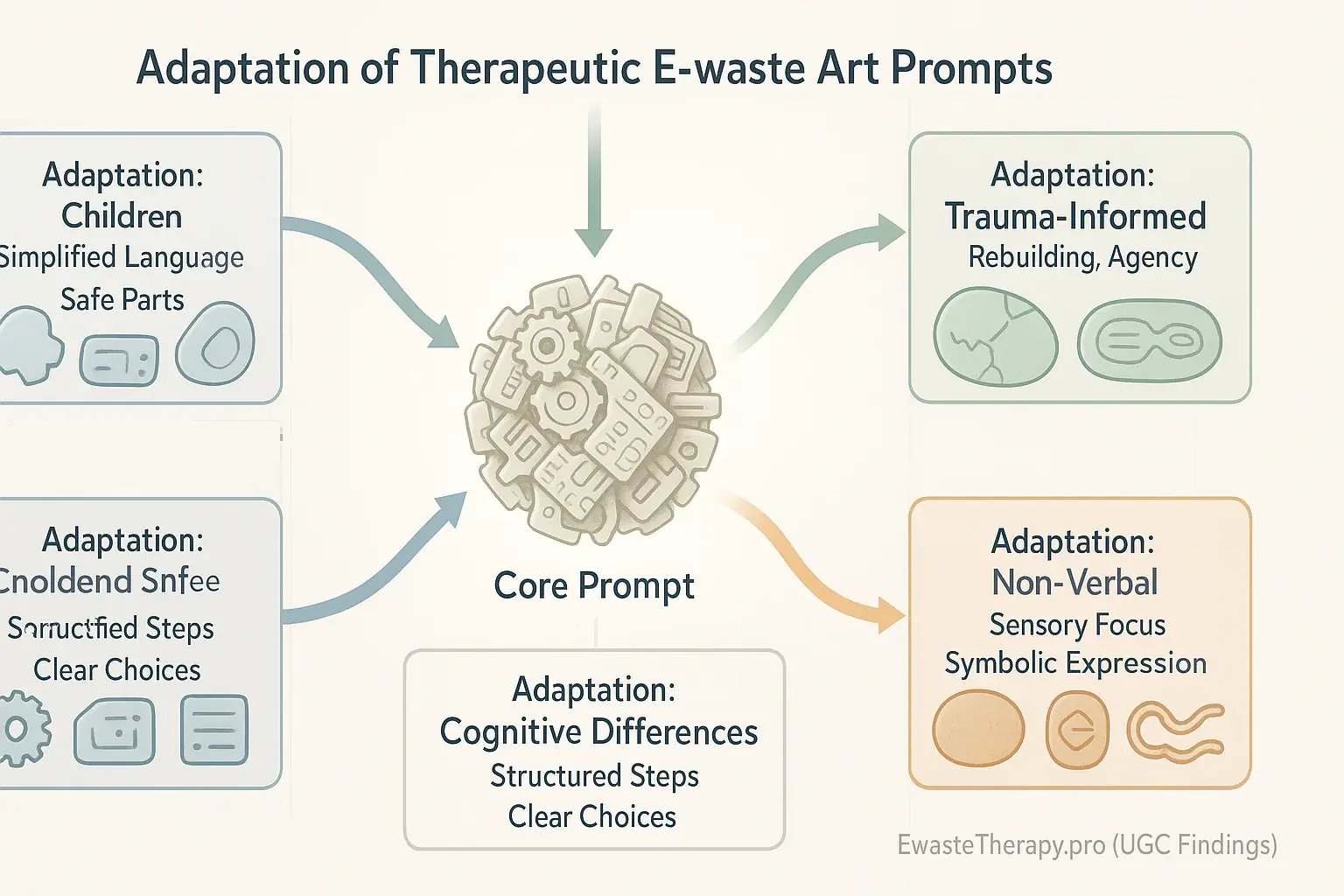
Effective therapeutic prompts are never one-size-fits-all. EwasteTherapy.pro's research confirms this truth. Adapting e-waste art prompts is crucial for client engagement. This careful tailoring also elevates therapeutic outcomes with these unique materials. Discarded tech demands such thoughtful flexibility from practitioners.
Simplify prompt language for children. Adapt instructions also for clients with cognitive processing differences. Some clients need structure; offer them clearer, contained choices. Others explore autonomy; provide them open-ended e-waste possibilities. Material selection must align with client abilities and specific sensitivities. A common mistake? Many assume all clients embrace e-waste's inherent 'brokenness'. For some, this brokenness powerfully mirrors their healing process. For others, our data shows, it acts as an unintended trigger. Be ready. Offer alternative, whole materials or reframe the e-waste prompt's narrative.
Therapist creativity becomes essential in this adaptive process. Flexibility allows you to modify e-waste prompts during the actual session. EwasteTherapy.pro champions continuous assessment of your prompt's impact. Always invite client feedback. Their insights directly refine your adaptation skills for everyone's benefit.
Navigating the Gray Areas: Ethical Considerations in E-Waste Art Therapy
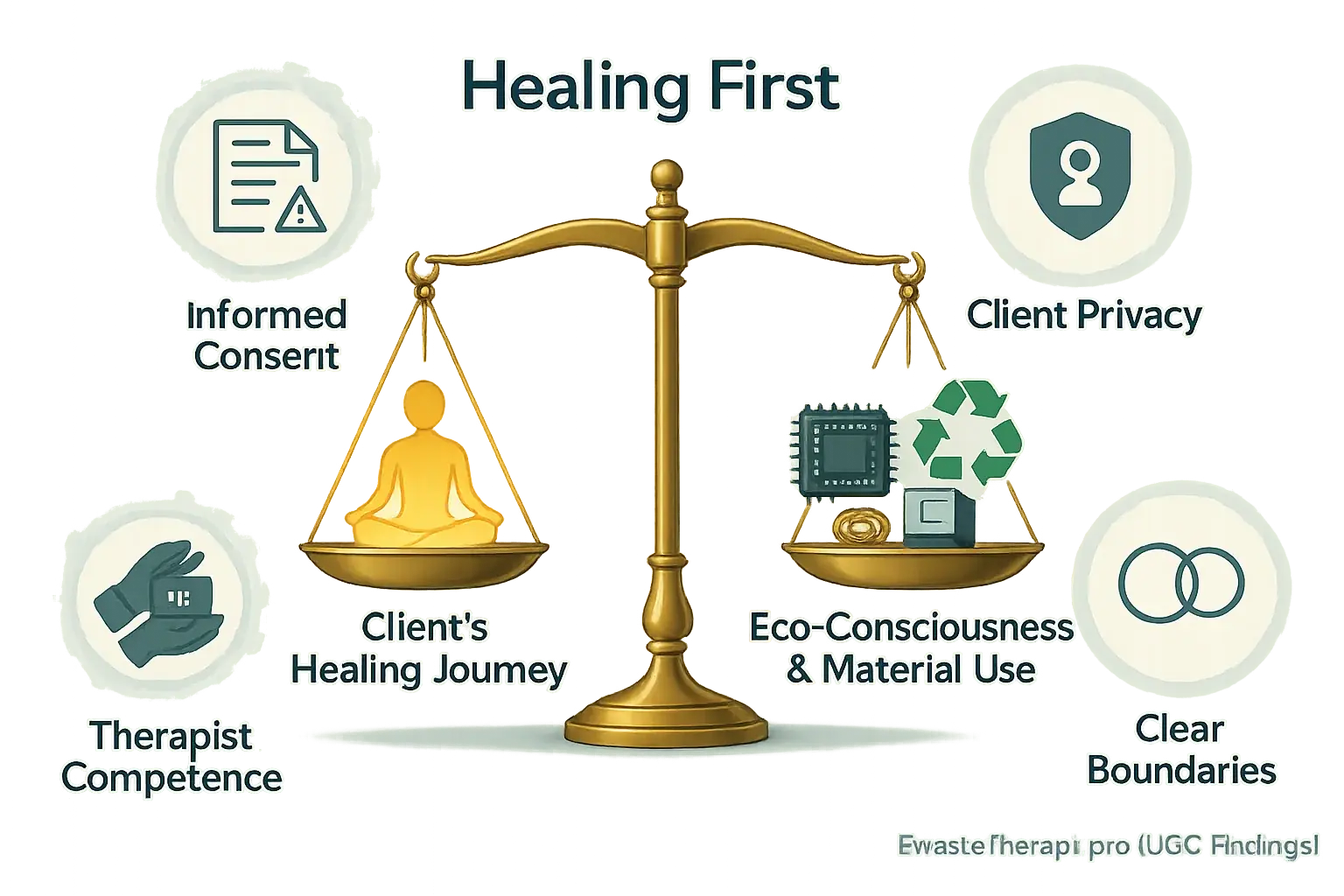
Ethical practice forms the absolute foundation of e-waste art therapy. This innovative modality introduces distinct ethical considerations. Therapists must engage in thoughtful, ongoing reflection. These considerations extend beyond traditional art therapy boundaries. The unique nature of e-waste materials demands this scrutiny.
Key ethical domains require your diligent attention. Informed consent is paramount; it must comprehensively detail potential material risks from e-waste and clearly articulate therapeutic intentions. Therapist competence necessitates specialized knowledge in both art therapy principles and e-waste handling safety. Clear boundaries concerning art ownership, display, and disposal after sessions prevent future conflicts. Client privacy protection is non-negotiable, especially if any artwork might be shared. One subtle ethical trap we've identified in professional discussions? Over-emphasizing the 'eco' aspect over the 'therapeutic' goal. Remember, the client's healing journey always comes first, not the recycling metric.
We strongly advise seeking ongoing ethical supervision. Regular consultation with peers also sharpens ethical acuity. Ethical decision-making is a dynamic, continuous process for every practitioner. It is not a one-time checklist. This commitment safeguards client well-being. It also upholds the integrity of your therapeutic practice.
Charting the Journey: Documenting Progress in E-Waste Art Therapy
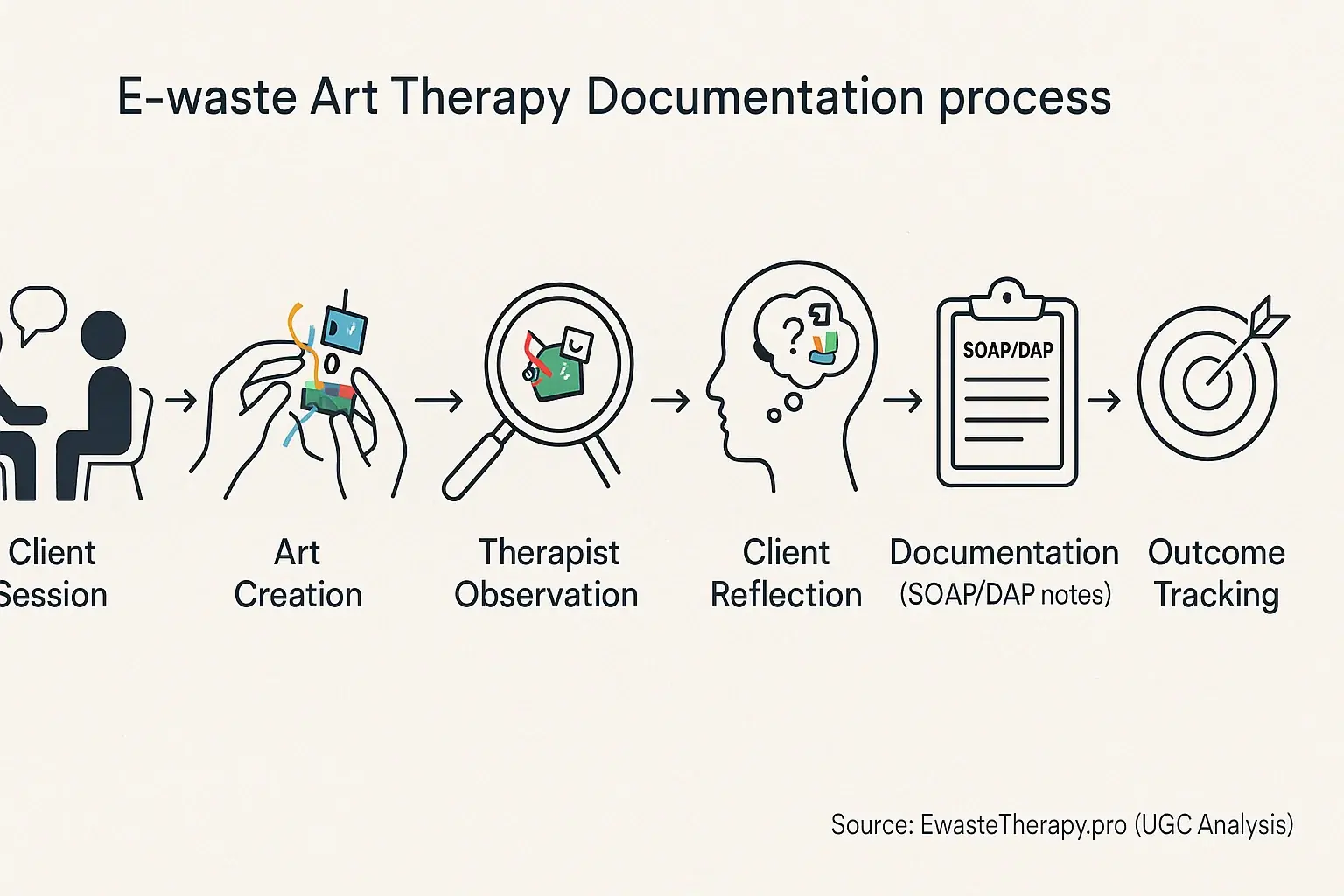
Robust documentation underpins clinical accountability. It tracks client growth. E-waste art therapy, with its unique materials, requires specific documentation approaches. These unique processes warrant focused attention in your notes. Our community insights confirm this.
What should you document? Begin with the client's pre-session emotional state. Their material choices are very important. Explore the symbolic meanings they assign. The creative process itself offers rich data. Note engagement levels. Observe challenges faced. Capture breakthroughs. The client's narrative surrounding their art is paramount. Don't just describe the art piece. Capture the process – the hesitation, the breakthroughs, the unexpected choices. That's often where real therapeutic gold lies. It is easy to miss if you only focus on the final product.
Various documentation formats can organize your observations. SOAP notes offer one structure. DAP notes provide another useful framework. Integrating visual documentation, with full client consent, adds depth to records. Photos capture the art's evolution. This careful documentation supports your daily clinical practice. It also builds a foundation for research contributions within e-waste art therapy.
Your E-Waste Art Therapy Readiness Checklist: A Professional Self-Assessment Tool
Assess your readiness to integrate e-waste art therapy into your professional practice. Check all statements that apply to you.
Your checklist results offer valuable insights, pinpointing current readiness. Self-assessment is an ongoing dialogue nurturing professional evolution. Developing mastery in e-waste art therapy is a commitment; it demands time and this is expected.
View this assessment as a proactive step. It shows your commitment to innovative, ethical practice. We encourage your continued learning; EwasteTherapy.pro offers resources for this journey, helping transform your work and client outcomes.
